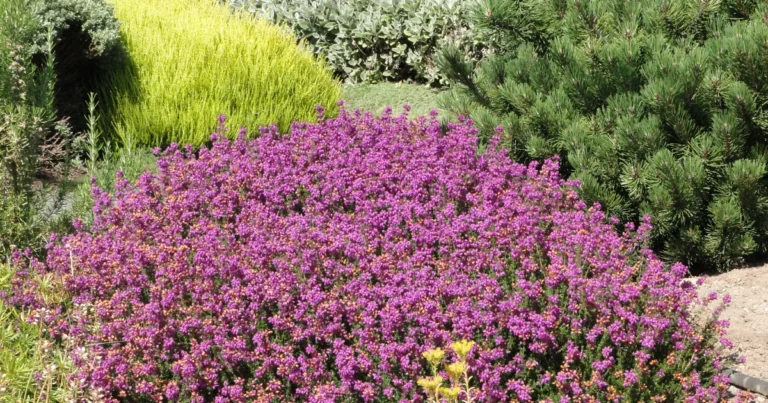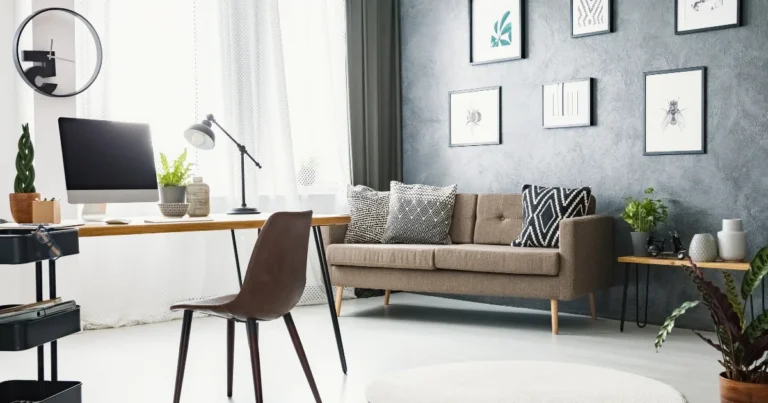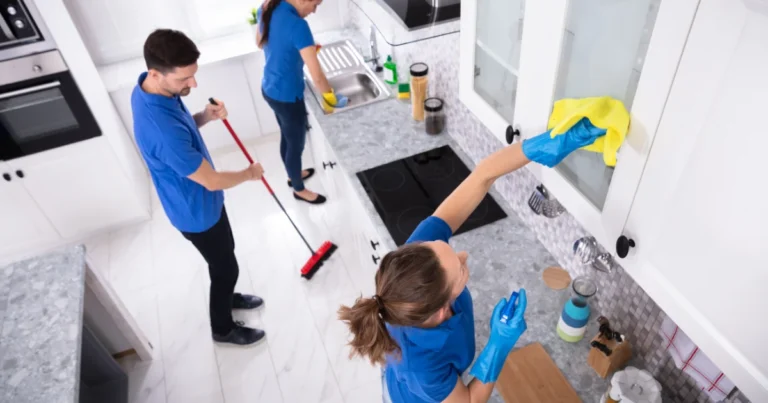Removing Water Stains from Wood Furniture Like a Pro
Water stains on wood furniture can be a real eyesore, but fear not! With the right knowledge and techniques, you can bid farewell to those unsightly marks and keep your wooden treasures looking as good as new.
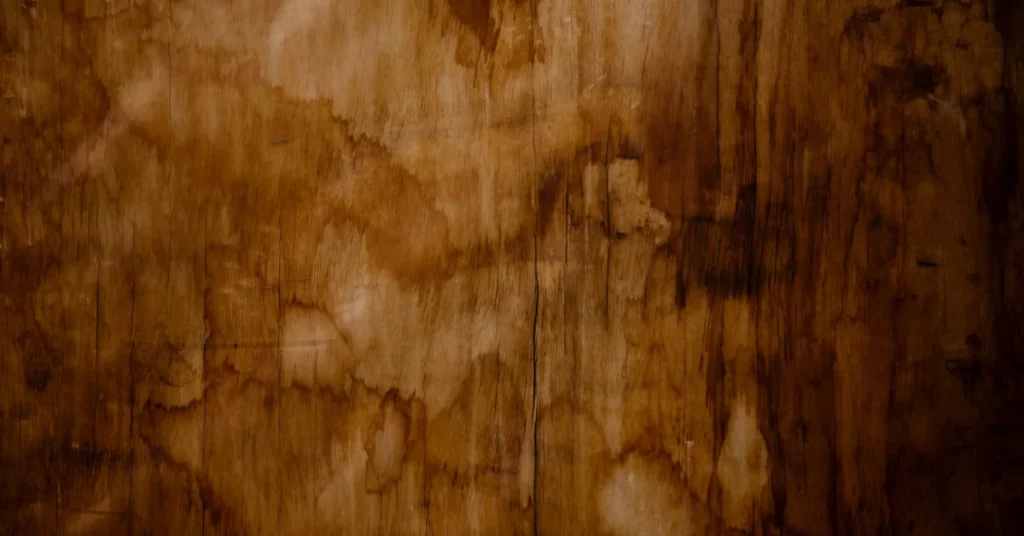
Causes of Water Stains on Wood:
Water stains on wood furniture can occur due to various reasons, including:
Types of Water Stains:
There are two primary types of water stains on wood furniture:
- White Water Stains: These stains occur when moisture gets trapped beneath the finish of the wood, creating a cloudy or milky appearance on the surface.
- Dark Water Stains: Dark water stains occur when water penetrates the finish and reaches the wood fibers, causing a darker, more prominent mark.
DIY Remedies for Removing Water Stains:
1. Vaseline or Mayonnaise:
Best for: White water stains, which are caused by moisture trapped beneath the finish of the wood.
Direction to Use: Apply a small amount of petroleum jelly or mayonnaise directly onto the water stain. Gently rub the affected area with a soft cloth in a circular motion, ensuring the petroleum jelly or mayonnaise covers the stain entirely.
Tip: For best results, cover the stained area with a cloth or plastic wrap after applying the petroleum jelly or mayonnaise to prevent it from drying out too quickly.
2. Baking Soda and Toothpaste Paste:
Best for: Dark water stains, which result from water penetrating the finish and reaching the wood fibers.
Direction to Use: Mix equal parts baking soda and non-gel toothpaste to create a paste. Apply the paste to the water stain, ensuring it covers the affected area completely. Gently rub the paste into the wood with a soft cloth, following the direction of the wood grain.
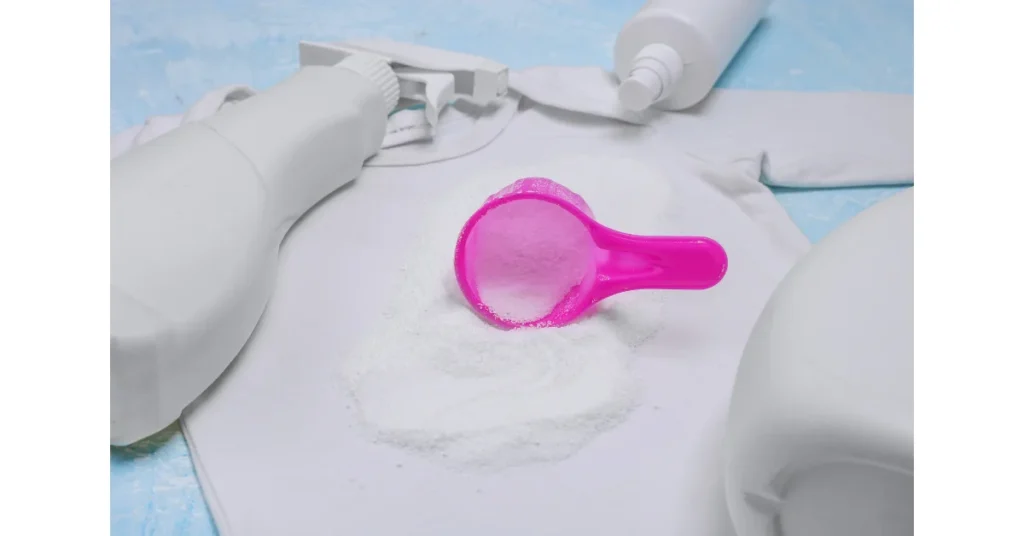
Tip: Test the paste on a small, inconspicuous area of the furniture first to ensure compatibility with the finish.
3. White Vinegar Solution:
Best for: Both white and dark water stains, as vinegar’s acidity helps break down the stains and restore the wood’s natural appearance.
Direction to Use: Mix equal parts white vinegar and water in a bowl. Dampen a soft cloth with the vinegar solution and dab it onto the water stain, avoiding oversaturation of the wood. Allow the vinegar solution to penetrate the stain for a few minutes.
Tip: Always wipe the wood dry immediately after using vinegar to prevent any damage to the finish.
4. Mineral Spirits:
Best for: Stubborn dark water stains that may not respond to milder remedies, as mineral spirits help dissolve and lift the stain from the wood fibers.
Direction to Use: Dampen a clean cloth with mineral spirits. Gently rub the cloth onto the water stain, following the direction of the wood grain. Wipe away any excess solvent with a separate clean cloth.
Tip: Use mineral spirits sparingly and ensure proper ventilation when using this solvent.
5. Lemon and Salt Paste:
Best for: Light to moderate water stains, particularly those on unfinished or lightly finished wood surfaces.
Direction to Use: Mix lemon juice and salt to form a paste. Apply the paste to the water stain and gently rub it into the wood using a soft cloth. Allow it to sit for a few minutes before wiping it away with a clean, damp cloth.
Tip: Lemon juice’s natural acidity helps to lighten stains, while salt acts as a mild abrasive to lift them from the surface.
6. Hair Dryer
Best for: light to moderate water stains and are particularly effective on white water stains, where the moisture is trapped beneath the finish.
Direction to Use: Direct hot air from a hair dryer onto the water stain. Set your hair dryer to its lowest heat setting and hold it a few inches away from the water stain. Move the hair dryer back and forth over the stain, ensuring even distribution of heat. Continue this process for several minutes, periodically checking the progress.
Tip: Keep the hair dryer in constant motion to avoid concentrating heat on one spot for too long, which could damage the wood or finish. Additionally, always maintain a safe distance between the hair dryer and the wood surface to prevent overheating.
7. Iron Method:
Best for: light to moderate water stains and are particularly effective on white water stains, where the moisture is trapped beneath the finish.
Direction to Use: Apply heat from an iron with a protective barrier between the iron and the wood surface. Fill the iron with water and set it to its lowest heat setting (no steam). Place a clean, dry cloth over the water stain to act as a protective barrier between the iron and the wood. Press the iron onto the cloth-covered stain, moving it gently in circular motions for 10-15 seconds at a time. Lift the iron periodically to check the progress and prevent overheating.
Tip: Ensure the cloth is thick enough to protect the wood from direct contact with the iron’s heat. Avoid using excessive heat or pressing too hard, as this could cause damage to the wood or finish.
Does WD-40 Remove Water Stains on Wood?
While WD-40 is a versatile product known for its lubricating and water-displacing properties, its effectiveness in removing water stains from wood furniture is debatable. Some individuals have reported success in using WD-40 to remove water stains, particularly light surface stains.
Prior to applying WD-40 on wood furniture, test a small, hidden area to ensure compatibility with the wood and finish. Clean and dry the affected area before applying WD-40, then follow up with wood cleaning and polishing to maintain surface integrity.
While WD-40 may provide a temporary solution for minor water stains, it’s not advisable for long-term or primary treatment of water damage on wood furniture.
Look Away:
Removing water stains from wood furniture is entirely achievable with the right techniques and a bit of patience. Remember to always test any remedy on a small, inconspicuous area of the furniture first and proceed with caution to avoid damaging the wood finish.

